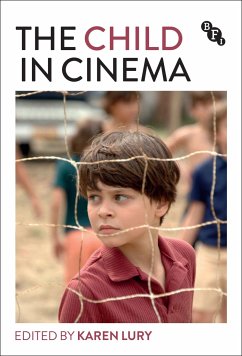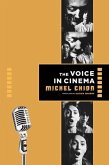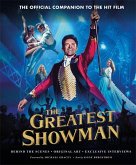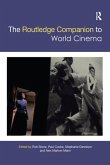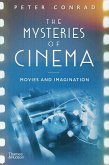This anthology is organised into five distinct sections which address the significance, qualities and characteristics speaking to the figure of the child in film. The child is understood as a figure that refers to real children, representations of childhood, the memories of imagined and actual childhoods as well as more abstract or theoretical and historical conceptions of the child in relation to subjectivity and agency. Following an introductory essay by the editor, the first section, bWorking children/b, establishes perhaps the most familiar context for the child in film - Hollywood cinema - and provides examples of the child actors labour observing a loose chronology - from the 1930s prodigies, to the juvenile supporting actor in the 1940s, to the exceptional career of one of the most well known child stars - Jodie Foster. In all these instances the childs work and performance is scrutinised and assessed in relation to popular understandings of what and who children are in relation to specific historical and cultural contexts. In the second section, bRelations and representations/b, the effect of the child on different films constructions and representation of time and space are considered. How does each film represent how the child apparently sees and experiences its world? How successfully - or not - are the peculiar relations of the child to space and time managed and mediated by either live action or animated film? In the third section, bThe child in history/b, three case studies of different national cinemas (Post-Yugoslavian, Tamil, Brazilian) offer analyses of how the figure of the child may enable film-makers to portray alternative versions of history, or ways of telling history, that reach toward alternative understandings of political conflicts and the formation of national identities. In the fourth section, bSubjectivity, performance and the voice of the child/b, each essay seeks to uncover how the childs subjectivity (their agency and sense of self) is mediated and performed in both fictional and non-fictional films while understanding that the childs interiority is often understood to be both precarious and elusive. In the fifth and final section, bThe didactic and nostalgic child /bthe essays refer explicitly to the use and function of the child "for" cinema, and indicates how the study of cinema may be enhanced by looking beyond commercial film-making. In this section essays address didactic or educational films made to directly influence the behaviour of children (or their caregivers) and a number of avant-garde and video installations in which memories of childhood are used and re-staged. b /b

